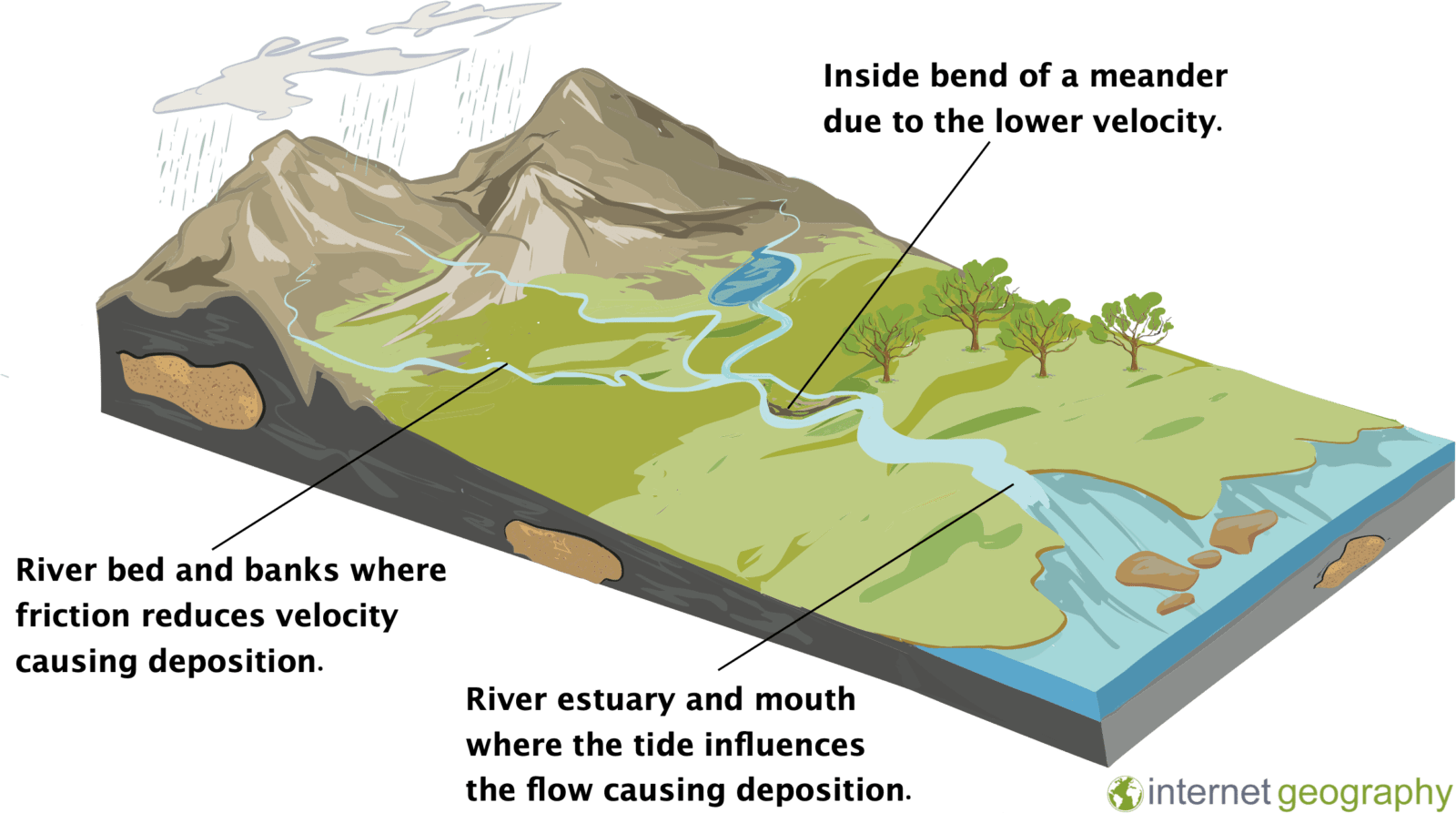Description
A river sedimentation survey is an essential process for understanding the movement and deposition of sediments within river systems. It involves measuring the amount, type, and distribution of sediments in the riverbed and water column. These surveys provide valuable data that helps in river management, infrastructure design, flood control, environmental protection, and ecosystem management.
Importance of River Sedimentation Survey
- Flood Management and River Hydraulics
- Flood Risk Assessment: Sedimentation can significantly alter a river’s flow dynamics by changing the channel depth, width, and slope. Regular sedimentation surveys help monitor these changes, providing data to predict how sediment accumulation may increase flood risks in certain areas. This information is crucial for designing and implementing effective flood control systems.
- Maintaining River Capacity: Over time, sediment buildup can reduce a river’s capacity to carry water, leading to increased flooding and reduced water flow efficiency. Surveys help to track sedimentation rates and support the management of sediment removal or river dredging to maintain the river’s capacity.
- Infrastructure Design and Maintenance
- Dam and Reservoir Management: Sedimentation surveys are crucial for assessing the buildup of sediment in reservoirs behind dams. High sedimentation can reduce the storage capacity of reservoirs, affecting water supply and energy generation. Regular sedimentation data helps engineers plan for sediment removal and maintenance, ensuring the long-term functionality of dams.
- River Channel Maintenance: Sediment accumulation in the river channel can lead to blockages and reduced flow efficiency, impacting infrastructure like bridges, culverts, and weirs. Sedimentation surveys provide the data needed for maintenance and clearing of these structures.
- Sediment Transport Studies
- Understanding Sediment Movement: Sedimentation surveys track the movement of sediments—such as sand, silt, clay, and organic matter—within the river system. This is essential for understanding how sediments move during different flow conditions, which affects river morphology and sediment deposition patterns.
- Assessing Erosion and Deposition: Monitoring sedimentation helps identify areas of riverbank erosion and sediment deposition, which can affect the stability of riverbanks, infrastructure, and ecosystems. It also helps predict how sediment distribution will change with varying river conditions.
- Water Quality and Environmental Protection
- Sediment’s Impact on Water Quality: Excessive sedimentation can degrade water quality by introducing contaminants and reducing light penetration, which affects aquatic life. A sedimentation survey helps in identifying areas where sedimentation may be contributing to water quality issues, enabling targeted remediation strategies.
- Ecosystem Health: The amount and type of sediment in a river can affect aquatic habitats, including the availability of food and nesting sites for fish and other species. By understanding sediment transport and deposition patterns, the health of aquatic ecosystems can be better managed and preserved.
- Hydropower and Energy Projects
- Turbine Efficiency: In hydropower projects, sedimentation can have a significant impact on turbine efficiency by causing abrasion and clogging. Sedimentation surveys help identify areas of high sediment load, allowing for better management of the water intake systems and turbines.
- Long-term Project Viability: Monitoring sedimentation in rivers used for hydropower generation helps ensure the longevity of the infrastructure and minimizes the risks posed by sediment accumulation, which can reduce energy output and damage equipment.
- River Restoration and Conservation
- Restoration Planning: Sedimentation surveys are important for river restoration efforts, as they provide insights into areas that require attention for ecological rehabilitation. Whether it’s mitigating excessive sedimentation or restoring natural sediment processes, this data informs conservation and rehabilitation strategies.
- Sustainable Sediment Management: Understanding sediment dynamics is crucial for balancing the need for sediment management with the preservation of natural ecosystems. A sedimentation survey helps identify sustainable approaches to managing river sedimentation.
- Climate Change and Sediment Dynamics
- Impacts of Climate Change: Sedimentation surveys help track how changing climate conditions (such as altered rainfall patterns or increased storm frequency) impact sediment transport and deposition. This data is vital for adapting river management strategies to future climate scenarios.
- Sea-Level Rise: In rivers near coastlines, rising sea levels can influence sediment dynamics, leading to increased sediment deposition in certain areas. Regular sedimentation surveys help in understanding and managing these evolving conditions.
Description for Website
A river sedimentation survey involves the systematic collection and analysis of data on the sediment within a river system. This includes measurements of sediment types, concentrations, and the distribution of sediment deposits along the riverbed. The survey is conducted using a combination of field methods and specialized equipment, including sediment samplers, sediment corers, and sonar-based tools that allow for both surface and sub-surface sediment measurements.
Key Survey Methods:
- Sediment Sampling: Collecting samples from various points along the river to analyze sediment composition, size, and concentration.
- Hydraulic Profiling: Using tools like Acoustic Doppler devices or echo sounders to map riverbed topography and identify sediment buildup areas.
Applications:
- Flood and Erosion Control: Helps in understanding how sedimentation influences flood risks, river capacity, and erosion patterns, supporting effective management.
- Environmental Monitoring: Tracks the impact of sedimentation on water quality, aquatic habitats, and ecosystem health.
- Infrastructure Planning: Assists in the design and maintenance of river-based infrastructure such as dams, reservoirs, and flood control systems.
- Hydropower Projects: Provides critical data for managing sediment accumulation and maintaining the efficiency of hydropower plants.
Benefits:
- Provides detailed insights into sedimentation dynamics in river systems.
- Essential for flood risk prediction and management.
- Helps in maintaining and managing river-based infrastructure.
- Supports environmental conservation and water quality management.
- Aids in optimizing the design and operation of hydropower projects.
In summary, a river sedimentation survey is a vital tool for understanding sediment dynamics and its impacts on river systems. By providing detailed, accurate data, these surveys help guide decisions related to flood management, infrastructure development, environmental protection, and long-term river sustainability.



Reviews
There are no reviews yet.